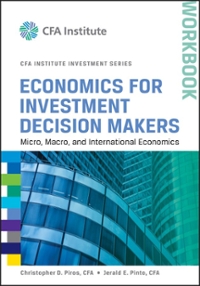

A four-year project, if taken, will require an initial investment of $120,000. The expected end-of-year cash inflows are as follows: Year 1=$30,000, Year2=30,000, Year3=42,000, Year4=$42,000. If the appropriate cost of capital for this project is 11%, which of the following is a correct decision? Reject the project because IRR is 7.20%, which is less than the cost of capital, 11%. Reject the project because NPV = -$30,507, which is less than 0. Accept the project because IRR is positive. Accept the project because IRR is 10.04%, which is less than the cost of capital, 11%. When estimating the cost of debt capital for a firm, we are primarily interested in: the coupon rate of the debt. None of these. the weighted average cost of capital the cost of long-term debt. You were hired as a consultant to Quigley Company, whose target capital structure is 40% debt, 20% preferred, and 40% common equity. The interest rate on new debt is 5.0%, the yield on the preferred is 6.00%, the cost of retained earnings is 13%, and the tax rate is 35%. The firm will not be issuing any new stock. What is Quigley's WACC? 7.70% 8.15% 6.60% 8.75% Which of the following statements is true of annual percentage rate (APR) and effective annual rate (EAR)?a The EAR is the interest rate actually paid (or earned) after accounting for compounding. The APR calculation adjusts for the effects of compounding and, hence, the time value of money. The APR is the true cost of borrowing and lending. The EAR is the simple interest charged per period multiplied by the number of periods per year. You want to buy a condo 3 years from now, and you plan to save $3,000 per year, beginning immediately. You will make three deposits in an account that pays 6% interest. Under these assumptions, how much will you have 3 years from today? $9,550.80 $10,123.85 $9,013.28 $12,332.13 Trevor Smith wants to have $1,000,000 at retirement, which is 20 years away. He already has $250,000 in an IRA account earning 6 percent annually. Starting next year, he plans to invest in a mutual fund the same amount every year until he retires. He expects to earn 9 percent annually with mutual fund investment. What is the minimum amount Trevor will have to invest every year to achieve his savings goal at retirement? 4,100.38 2,857.66 9,900.82 3,874.43








